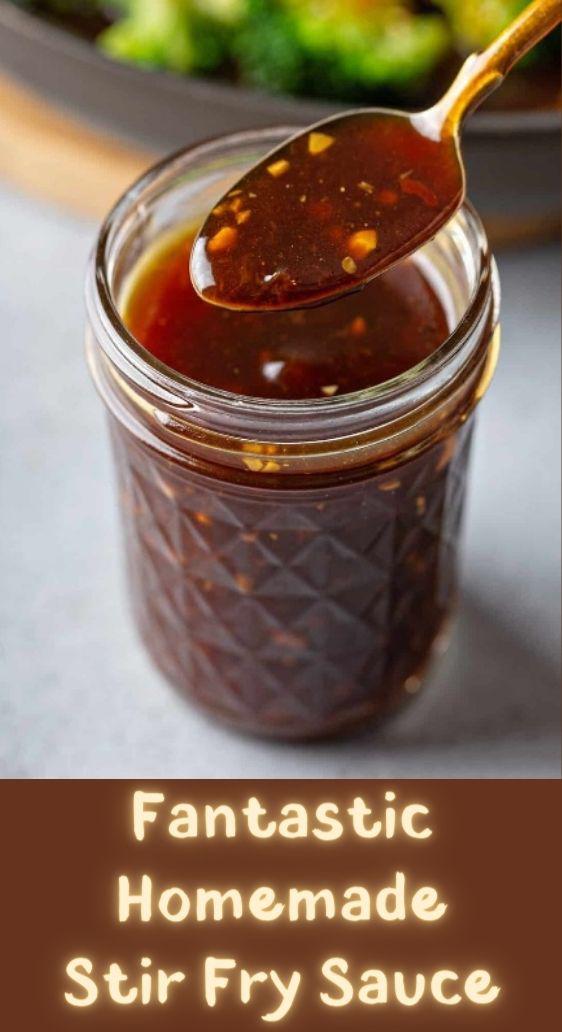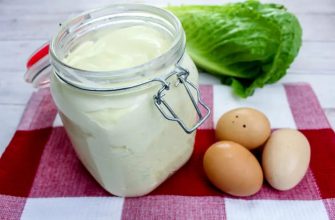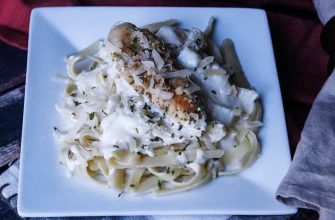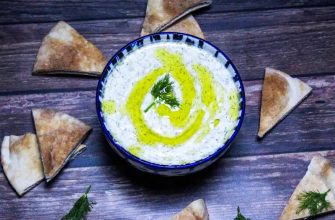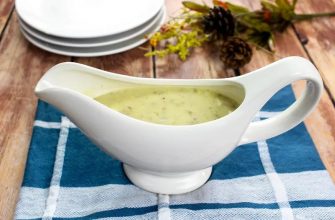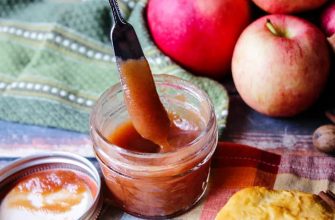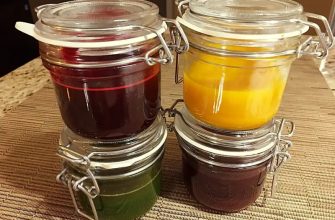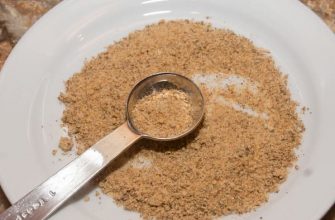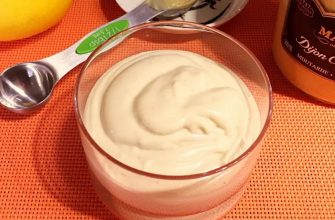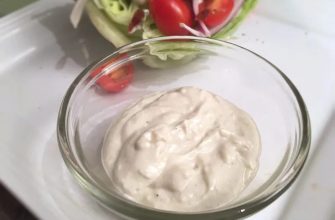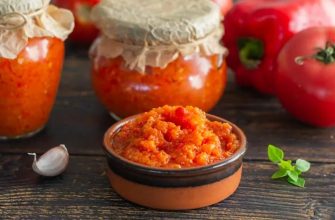Keep this fantastic homemade Stir Fry Sauce on hand and make a restaurant quality Asian stir fry dinner in a flash. Delicious with chicken, beef, pork, shrimp, and vegetables. Over rice or noodles. This easy recipe is made in minutes and can be used right away or stored for later.
One of the best components of any good stir fry recipe is the sauce. It’s that wow factor, which elevates the dish from delicious to exceptional!
This all-purpose stir fry sauce is something I keep in my back pocket, making weeknight dinners a synch. It takes only minutes to put together and can be used right away or kept in the fridge for later. It’s perfect for protein or vegetable stir fry recipes, served with rice or over noodles.
Stir Fry Sauce Ingredients
- Low Sodium Chicken Broth: We use chicken broth instead of water, for added flavor, and low sodium to cut down on the salt in the sauce. You can always add, but you can’t take away! For a vegetarian version, you can use vegetable broth, but be aware it will change the flavor profile.
- Low Sodium Soy Sauce: We always use low-sodium soy sauce to limit the salt in our meals. If you need the sauce to be gluten-free, use Tamari sauce.
- Sesame Oil: Sesame oil brings big authentic Chinese flavor to a stir fry sauce.
- Brown Sugar: Brown sugar balances out the salty, bitter soy sauce and acidity from the wine, plus contributes great flavor. It makes a big difference, so don’t skip it.
- Shaoxing Wine: This is Chinese cooking wine and a secret weapon in Asian restaurants. It gives the sauce depth of flavor so it tastes like your favorite take-out. It can usually be found in the International section at most common grocery stores. If you can’t find it, dry sherry is the best substitute. You can also use Mirin, but it’s much sweeter, so if you do use Mirin, cut back on the brown sugar. If you can’t consume alcohol at all, use apple juice, but know that the sauce will be “lacking” something.
- Fresh Ginger and Garlic: Fresh ginger and garlic are key in a great stir fry sauce. Skip the powders this time.
- Red Pepper Flakes: We like the added flavor and slight heat this lends. It’s just a small amount, so the sauce isn’t spicy. If you do like your sauce spicier, add more. You can also use chili garlic sauce or Sriracha.
- Cornstarch and Water: Cornstarch and water are combined to thicken stir fry sauce and make it glossy. Once it’s added to the stir fry, it will cook and become thick and bubbly. The mixture will continue to thicken after being removed from the heat and cools down. Also a great flour alternative if you need this dish to be gluten-free.
How to Make Stir Fry Sauce
Like most homemade sauces, this recipe is so easy. You simply combine all the ingredients in a pint-sized mason jar, fasten the lid, and shake until fully incorporated. You can also mix everything in a bowl with a whisk, but I prefer to combine everything in a jar – then you can easily give it a quick shake to reincorporate all the ingredients that have settled to the bottom.
How to Use Stir Fry Sauce
This recipe makes about 1 1/4 cups of sauce and is the perfect amount (IMHO!) for a complete stir fry where everything gets coated, but the meats and veggies aren’t swimming in it. If you want more sauce, you can always add a bit more water or chicken broth.
Stir fry can be made up of just about any meats and/or vegetables, swapping them out every time to keep the flavors new and interesting. We love onion, broccoli, snap peas, bell pepper, carrots, water chestnuts, and scallions.
A good rule of thumb is 1 pound of protein and 6 cups of chopped vegetables to feed 4 people. We always serve stir fry over cooked white rice or noodles, which stretches it even further or provides leftovers the next day.
To use stir fry sauce to make stir fry:
- Warm 1 tablespoon of oil in a large nonstick skillet or wok over medium-high heat.
- Add 1 pound of protein (cubed chicken, sliced beef or pork, or thawed shrimp) and cook until browned and almost cooked through. (Time will vary depending on the protein.) Transfer to a clean plate.
- Add 1 more tablespoon of oil and 6 cups of chopped vegetables (onion, broccoli, snow peas, carrots, bell peppers, etc.) to the pan. Stir fry until crisp-tender, about 4 minutes.
- Return the protein back to the pan, along with the stir fry sauce. Cook, stirring to distribute, until the sauce has thickened, about 2 minutes or until desired thickness is reached.
- Serve over hot cooked rice.
NOTE: I always season the meat and vegetables with just a pinch of salt and pepper as I stir fry, which contributes to layers of flavor. The sauce does have plenty of flavor on its own, though, so this is personal preference.
Proper Storage
How long does stir fry sauce last? This stir fry sauce should be stored in a jar with a tight fitting lid (or airtight container) in the refrigerator. It will keep for 1-2 weeks. There aren’t any ingredients in this sauce that should go “bad” very soon, but look at the containers of everything and use that as a guide.
After it’s been sitting and untouched for a while, the ingredients will separate and the cornstarch has a tendency to settle and harden at the bottom of the jar. Take a dull knife to loosen it up, then fasten the lid and give it a good shake to reincorporate everything before using.
Ingredients
- 2 tablespoons cornstarch
- 1/4 cup cold water
- 1/2 cup low sodium chicken broth
- 1/3 cup low sodium soy sauce
- 1/4 cup brown sugar
- 2 tablespoons Shaoxing cooking wine (or dry sherry)
- 1 tablespoon sesame oil
- 1 tablespoon minced fresh ginger
- 1 tablespoon minced fresh garlic
- 1/4 teaspoon crushed red pepper flakes
Instructions
- Combine cornstarch and water in a mason jar until smooth. Then add in all the remaining ingredients. Fasten the lid, and shake until fully incorporated.
(Alternatively, you can mix everything in a bowl with a whisk.) - Use as desired. Instructions for a basic stir fry are in the full article.
- If not using right away, store in a sealed jar or airtight container in the refrigerator. Note: after it’s been sitting and untouched for a while, the ingredients will separate and the cornstarch has a tendency to settle and harden at the bottom of the jar. Take a dull knife to loosen it up, then fasten the lid and give it a good shake to reincorporate everything before using.





